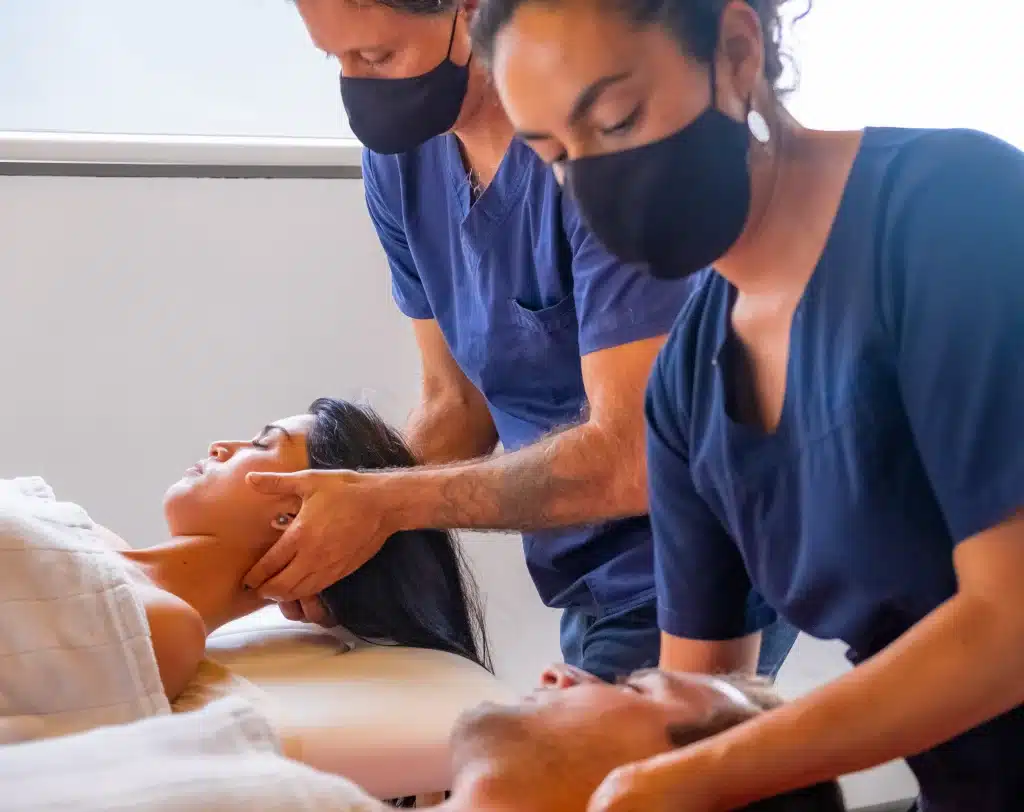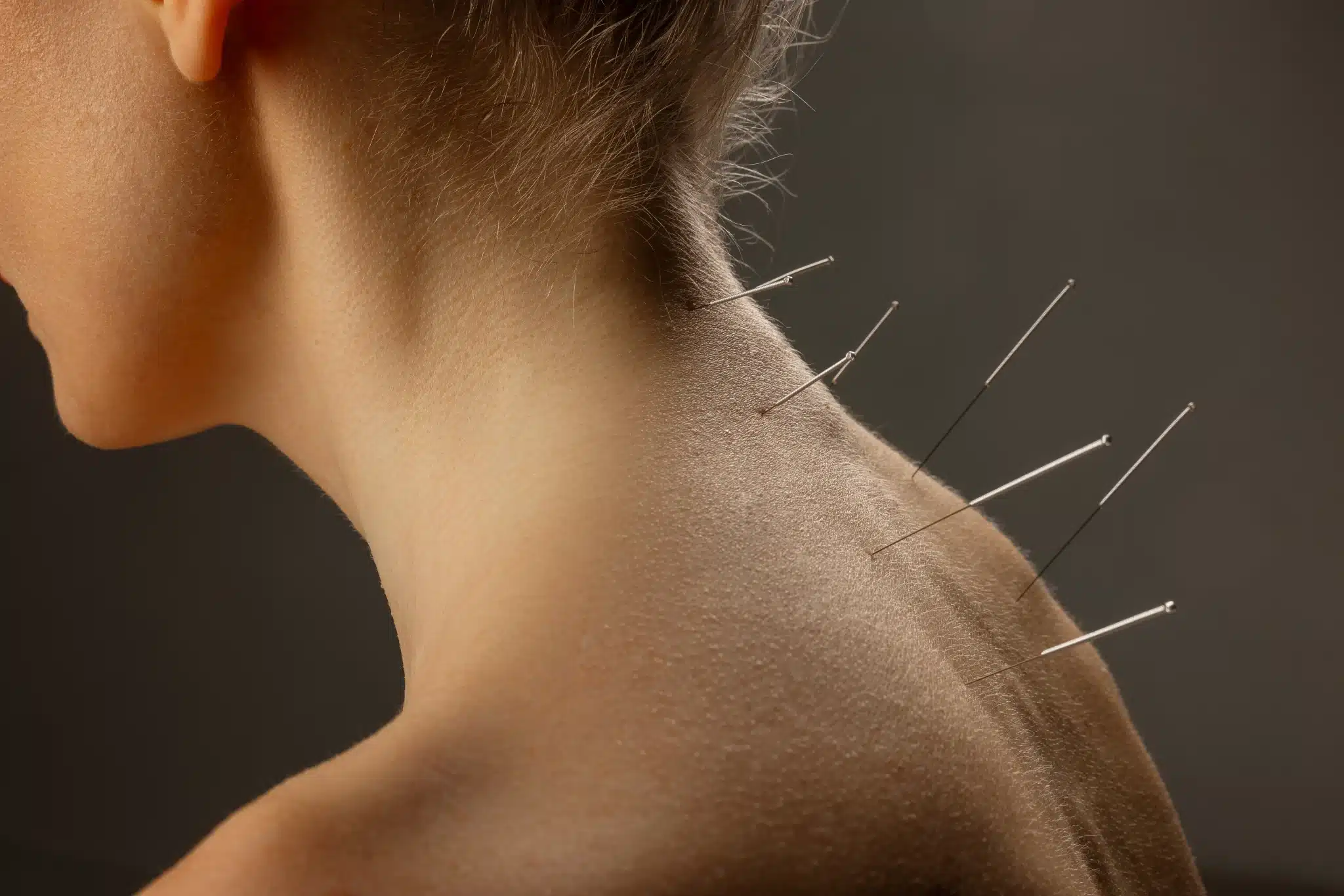Are you leaving money on the table with incorrect manual therapy billing? Many healthcare providers struggle with proper CPT code usage, leading to claim denials and lost revenue. Understanding the manual therapy CPT code system isn't just about compliance, it's about maximizing your practice's financial health.
Struggling with manual therapy billing accuracy? Contact our healthcare billing experts to discover how our specialized team can optimize your coding processes and boost reimbursement rates.

What Is Manual Therapy CPT Code 97140?
The primary manual therapy CPT code is 97140, defined by the American Medical Association as "Manual therapy techniques, 1 or more regions, each 15 minutes." This covers procedures including mobilization, manipulation, manual lymphatic drainage, and manual traction.
Here's what makes this code special: it's a timed code requiring direct, one-on-one patient contact. Each unit represents exactly 15 minutes of skilled manual therapy techniques performed by a qualified healthcare professional.
Key Components of CPT Code 97140
Included Techniques:
- Joint mobilization and manipulation
- Soft tissue mobilization techniques
- Manual lymphatic drainage procedures
- Manual traction applications
- Myofascial release therapy
- Trigger point therapy techniques
Critical Requirements:
- Minimum 8 minutes to bill one unit (8-minute rule)
- Direct patient contact throughout treatment
- Skilled intervention by licensed professional
- Documented medical necessity for each session
Understanding the 8-Minute Rule for Manual Therapy
How does billing work with timed codes? The 8-minute rule determines billable units for manual therapy CPT code 97140:
| Treatment Time | Billable Units | Example | | 8-22 minutes | 1 unit | 20 minutes = 1 unit | | 23-37 minutes | 2 units | 35 minutes = 2 units | | 38-52 minutes | 3 units | 45 minutes = 3 units | | 53-67 minutes | 4 units | 60 minutes = 4 units |
Remember: You need at least 8 minutes of treatment time to bill for one unit. Seven minutes or less? You can't bill at all.
Documentation Requirements for Manual Therapy CPT Code
Proper documentation makes the difference between successful reimbursement and claim denials. What should your notes include?
Essential Documentation Elements
Treatment Details:
- Specific technique used (mobilization, manipulation, etc.)
- Body region treated (cervical spine, lumbar region, etc.)
- Duration of treatment (start and end times)
- Patient response to intervention
Medical Necessity Justification:
- Clinical indication for manual therapy
- Functional goals related to treatment
- Progress toward established objectives
- Reason for continued skilled intervention
CMS Requirements: Additional documentation needed every 10 visits:
- Objective measurements showing progress
- Functional outcome assessments
- Justification for ongoing treatment necessity
- Updated treatment plan modifications
Need help streamlining your manual therapy documentation? Explore our virtual healthcare services to discover how our bilingual professionals can support your billing operations with precision and efficiency.
Common Manual Therapy Techniques Under CPT 97140
What specific procedures fall under this code? Understanding technique categories helps ensure accurate billing:
Joint-Based Techniques
- Spinal manipulation: High-velocity, low-amplitude thrusts
- Joint mobilization: Graded oscillatory movements
- Muscle energy techniques: Patient-assisted stretching
- Mobilization with movement: Combined passive and active techniques
Soft Tissue Approaches
- Myofascial release: Sustained pressure applications
- Trigger point therapy: Direct pressure to muscle knots
- Cross-friction massage: Perpendicular tissue mobilization
- Active release technique: Movement-based soft tissue work
Specialized Methods
- Manual lymphatic drainage: Gentle lymph system stimulation
- Craniosacral therapy: Subtle cranial and sacral mobilization
- Visceral manipulation: Internal organ mobility enhancement
Billing Multiple Units and Modifier Usage
Can you bill multiple units in one session? Yes, but careful attention to modifier requirements prevents claim denials.
When to Use Modifier 59
Modifier 59 indicates "distinct procedural service" and is crucial when billing manual therapy CPT code with other procedures:
Appropriate Use:
- Different anatomical regions treated
- Separate time intervals for each service
- Distinct techniques requiring separate billing
Common Code Combinations:
- 97140 + 97110 (therapeutic exercise) with modifier 59
- 97140 + 97530 (therapeutic activities) with modifier 59
- 97140 + 97112 (neuromuscular re-education) with modifier 59
Warning: Never use modifier 59 with CPT 97124 (massage therapy) - these codes are mutually exclusive.
Reimbursement Rates and Financial Considerations
What can you expect for payment? Manual therapy CPT code reimbursement varies by location and payer:
Typical Reimbursement Ranges (2025)
Medicare Rates:
- National average: $28-$35 per unit
- Geographic variations: $25-$42 per unit
- Rural vs. urban differences significant
Commercial Insurance:
- Private payers: $35-$50 per unit
- HMO/PPO variations: $30-$45 per unit
- Cash pay rates: $40-$65 per unit
Maximizing Revenue:
- Accurate documentation increases approval rates by 85%
- Proper modifier usage reduces denials by 60%
- Timely submission improves cash flow significantly
Common Billing Errors to Avoid
What mistakes cost practices money? These frequent errors lead to claim denials:
Documentation Failures
- Insufficient time tracking: Missing start/end times
- Vague technique descriptions: "Manual therapy performed"
- Lack of medical necessity: No functional goals stated
- Missing progress notes: No measurable improvements documented
Coding Mistakes
- Incorrect unit calculation: Misunderstanding 8-minute rule
- Wrong modifier usage: Inappropriate modifier 59 application
- Code confusion: Mixing 97140 with massage therapy codes
- Multiple region errors: Not documenting separate body areas
Ready to eliminate billing errors and maximize revenue? Connect with our virtual assistance team to discover how our skilled professionals can transform your coding accuracy and streamline operations.

2025 Updates and Compliance Changes
What's new this year? While CPT 97140 remains unchanged for 2025, compliance requirements have evolved:
Key Updates for 2025
- Enhanced documentation standards for telehealth services
- Stricter audit protocols for high-volume providers
- Updated modifier guidelines for distinct procedures
- Revised Medicare coverage determinations in certain regions
Staying Compliant
- Regular staff training on current guidelines
- Updated documentation templates reflecting new requirements
- Technology integration for automated compliance checking
- Regular internal audits identifying potential issues
Technology and Efficiency in Manual Therapy Billing
How can technology improve your billing process? Modern solutions streamline manual therapy CPT code management:
Essential Software Features
- Automated time tracking: Precise unit calculations
- Real-time coding validation: Error prevention before submission
- Integrated documentation: Comprehensive note templates
- Claims tracking systems: Status monitoring and follow-up
ROI Benefits
- 30% reduction in claim denials
- 25% faster payment processing
- 40% less administrative time spent on billing
- 15% increase in overall revenue capture
Building a Sustainable Manual Therapy Practice
Success requires more than just correct coding. What strategies ensure long-term growth?
Financial Health Indicators
- Clean claim rate above 95%
- Days in accounts receivable under 45 days
- Collection rate exceeding 98%
- Denial rate below 5%
Operational Excellence
- Staff cross-training on billing procedures
- Regular performance metrics review
- Continuous education on code updates
- Technology investments supporting efficiency
Your Path to Manual Therapy Billing Success
Mastering the manual therapy CPT code system isn't just about compliance, it's about building a thriving practice that serves patients effectively while maintaining financial stability.
Success requires attention to detail, consistent documentation practices, and staying current with evolving requirements. Whether you're a solo practitioner or managing a large therapy department, these principles apply universally.
The healthcare landscape continues evolving, but fundamental billing principles remain constant. Focus on accurate documentation, proper code usage, and efficient systems that support both patient care and business operations.
Your practice deserves the financial success that comes from billing excellence. Start implementing these strategies today, and watch your revenue optimize while maintaining the highest standards of patient care.





